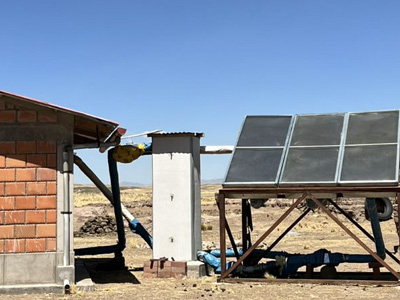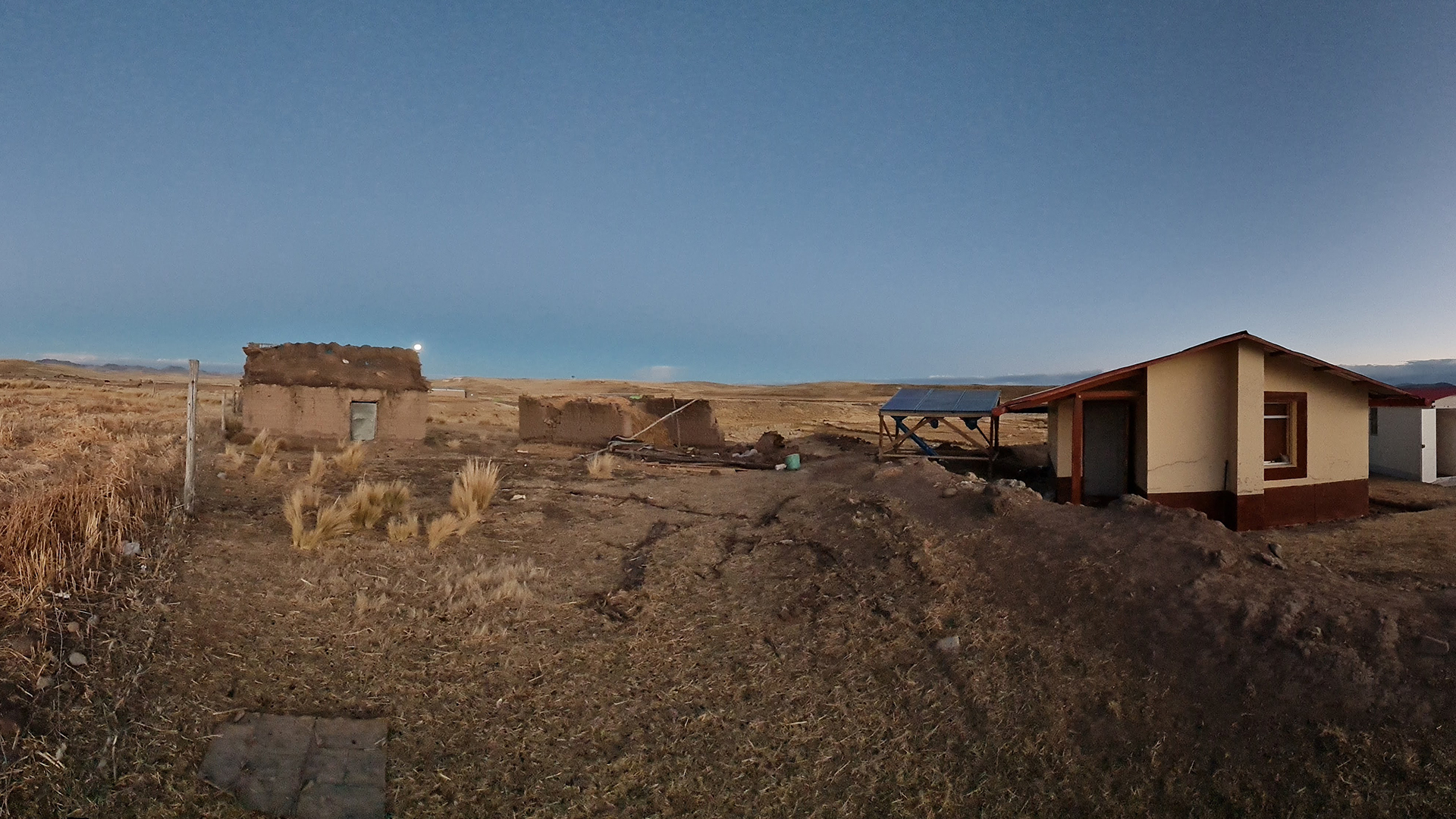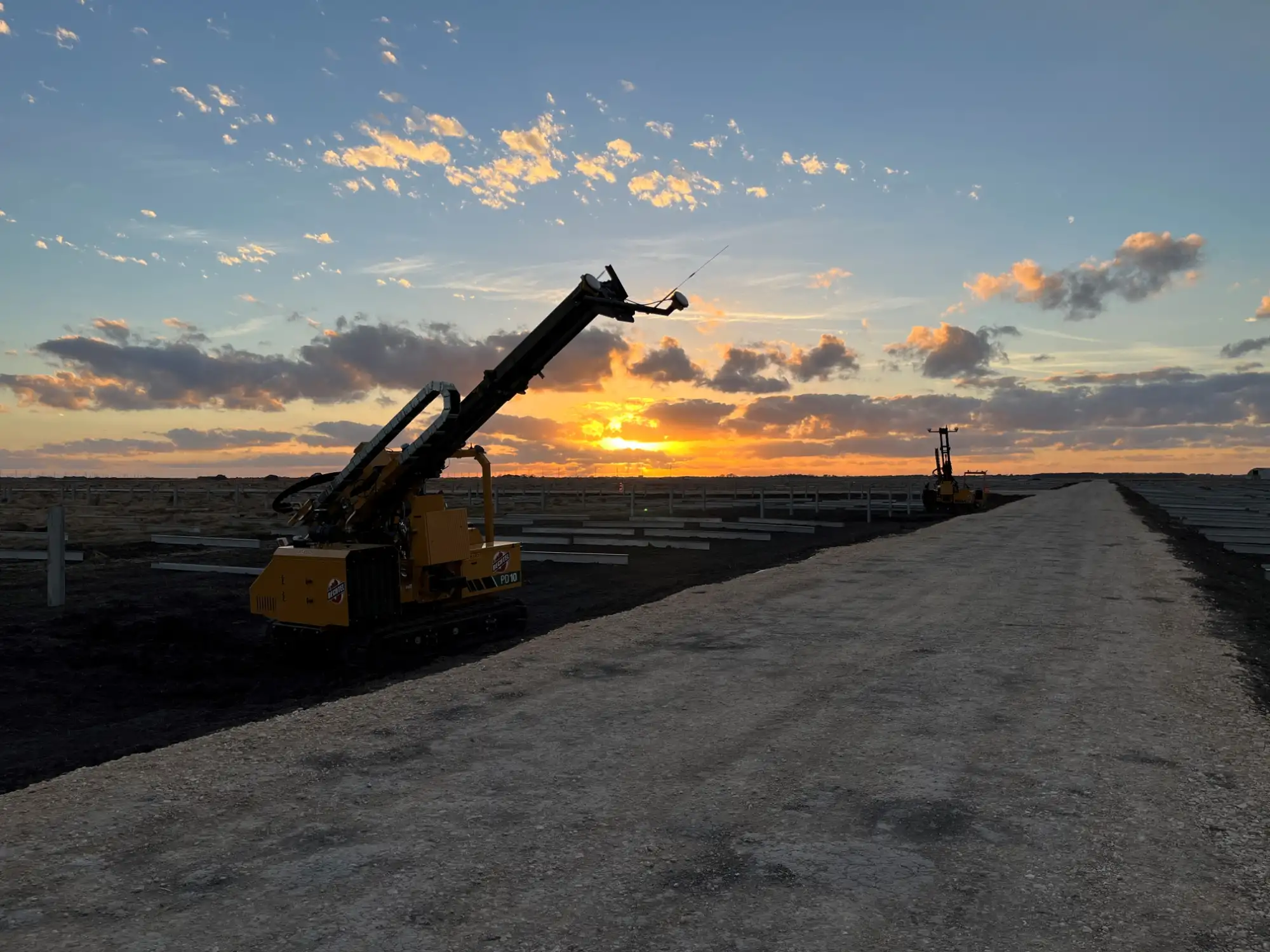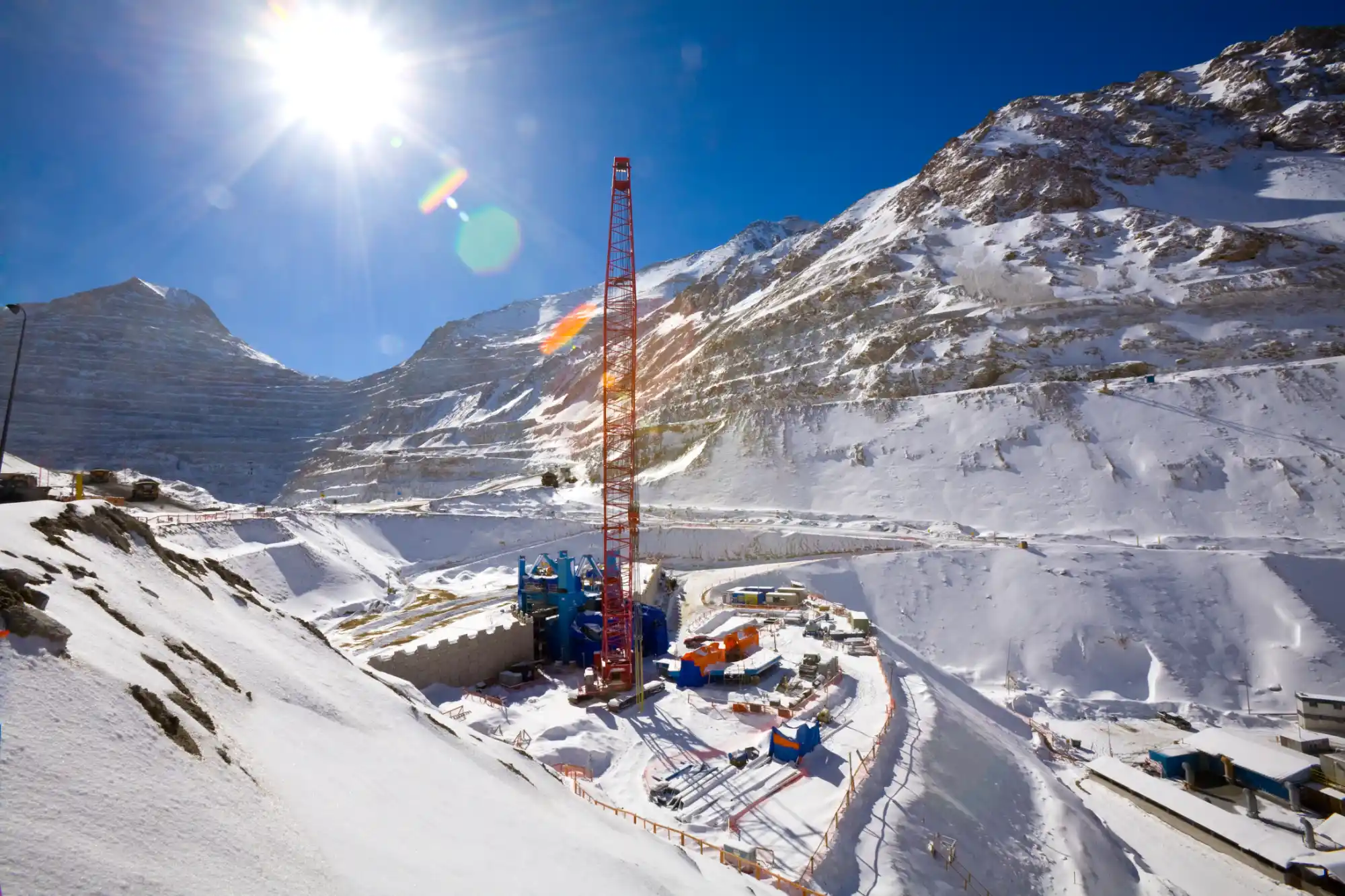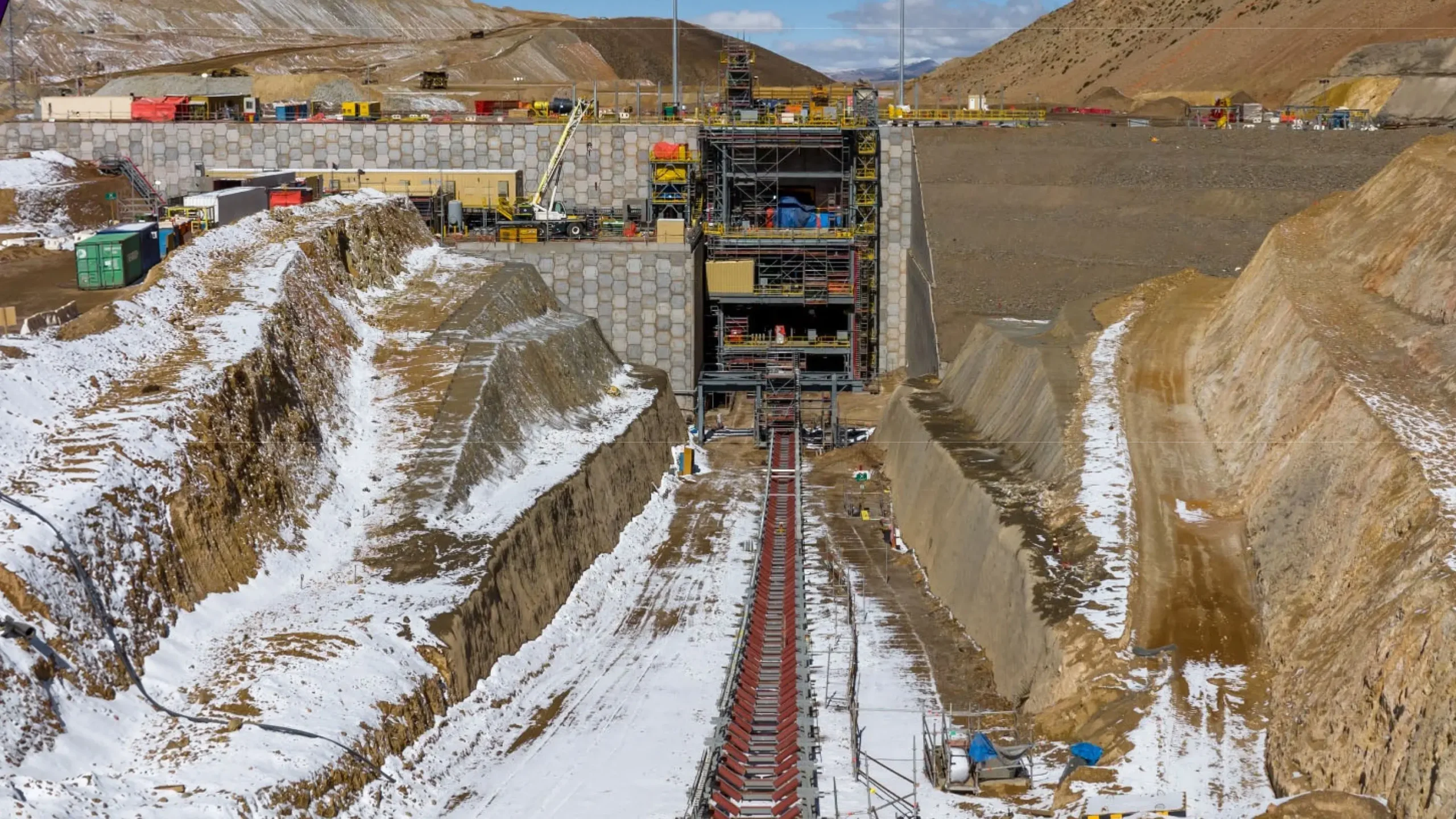-
Heloisa Schmidt
Manager, Corporate Sustainability and
-
Mellissa Case
Manager of Sustainability, Bechtel Mining and Metals
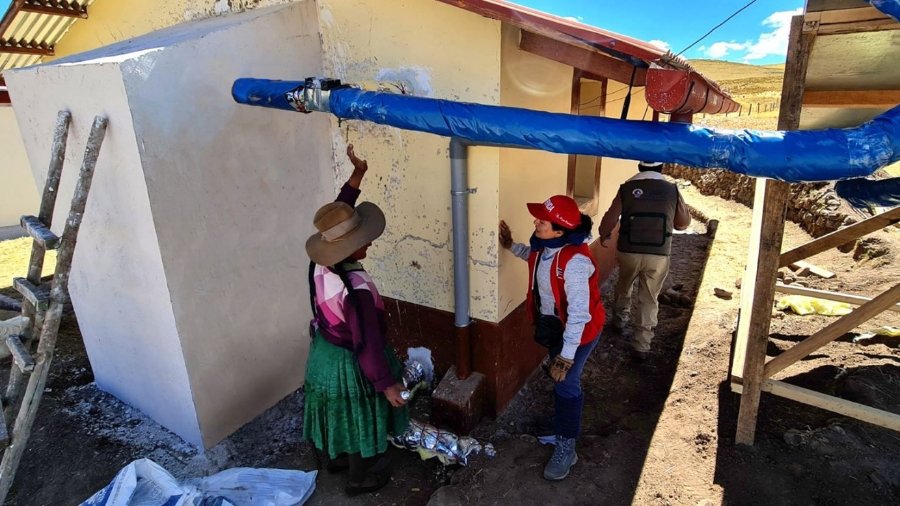
Sumaq Wasi house CAT system installation
Sharing Knowledge and Expertise
Solar Collector-Accumulator-Transfer (CAT) System
The solar collector-accumulator-transfer (CAT) system design uses a solar energy collector and converts it into thermal energy to transfer it in a forced air flow. It then accumulates the heat through a stone bank of locally sourced river rocks where the flow of hot air from the collector stores this heat. Finally, it transmits the heat from the bank of hot stones to the houses, which causes this circuit to raise the temperature of the houses up to 17°C throughout the night. An important part of the CAT thermal system was that it was simple and sustainable to support large scale roll-out with easily obtainable materials in the remote regions.
"Affordable, accessible, and safe"
Jorge Soria, the PUCP group researcher and coordinator of the project, explained that the system has made a big difference to the family’s wellbeing as the region can experience more than 100 days of freezing temperatures. With limited resources of wood for heat, the CAT system supplies a renewable resource that makes heating homes affordable and accessible for all families. In addition, it is also safe, with no open flames or risk of carbon dioxide exposure from the burning of fuel inside.
“Solving complex problems does not always require complex solutions, and the CAT system is a great demonstration of innovation and sustainability at its best,” said Heloisa Schmidt, Bechtel corporate sustainability manager. "By codesigning the CAT system with local communities at its heart, the program combines local knowledge and technical expertise to deliver a solution which is sustainable for the long term."
Fact Box
What does the CAT thermal system include?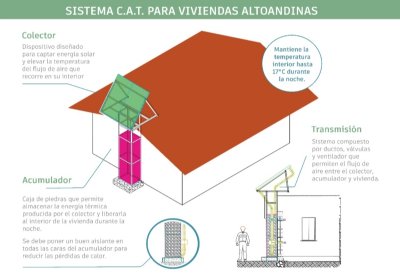
1) Collector: It is an inclined rectangular box and covered on one of its faces with black polycarbonate, located very close to the house and oriented towards the direction of the sun. This element will receive, or “collect”, thermal energy from the sun and transfer said energy to an air-filled box integrated into the Collector.
2) Accumulator: It is a closed wooden box, with six sides, with stones inside, which receives the hot air from the Collector and accumulates energy for one day on a regular basis, being able to extend that time up to two days if necessary.
3) Transmitter: The design of the houses will consider thermal insulation in the walls and ceiling, insulated wooden floor and double door or hall at the entrance. Thermal energy from the Accumulator will be transferred to the house at any time, and families from inside will be able to open or close the flow of hot air with a simple switch.
Why it matters
Innovation is required for scalability,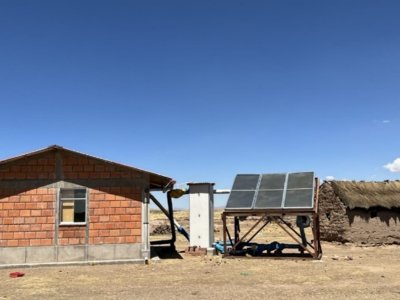 maintenance, and replication. bechtel.org projects put results ahead of the ‘perfect solution’ to ensure that we build resilience to empower and strengthen underserved communities.
maintenance, and replication. bechtel.org projects put results ahead of the ‘perfect solution’ to ensure that we build resilience to empower and strengthen underserved communities.
Follow our journey to Sumaq Wasi
In Part 3, the final installment of this blog series, we will wrap up our journey on the ground and share successes, thoughts, and testimony. We will also share why sustainable, witnessed impact matters and how you can get involved.
Read Part 1 of the series to learn about how bechtel.org is helping harvest heat to protect households by building climate-resilient housing in Peru.
-
Heloisa Schmidt
Manager, Corporate Sustainability and
-
Mellissa Case
Manager of Sustainability, Bechtel Mining and Metals
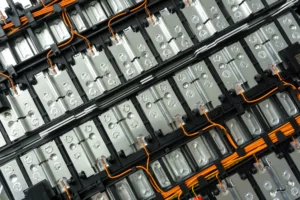
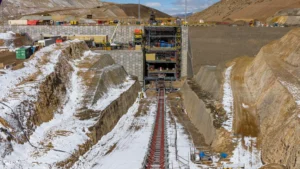

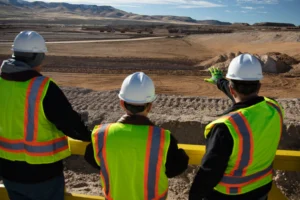


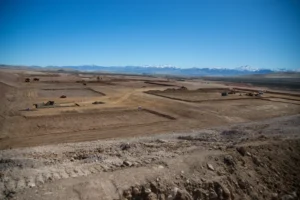

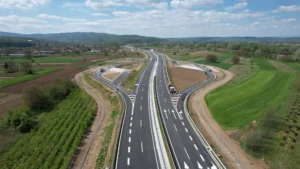





 maintenance, and replication. bechtel.org projects put results ahead of the ‘perfect solution’ to ensure that we build resilience to empower and strengthen underserved communities.
maintenance, and replication. bechtel.org projects put results ahead of the ‘perfect solution’ to ensure that we build resilience to empower and strengthen underserved communities.